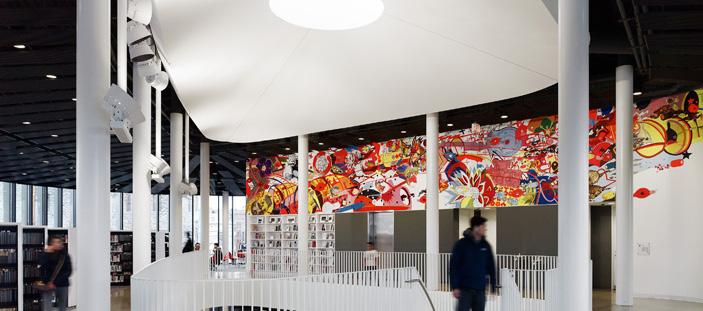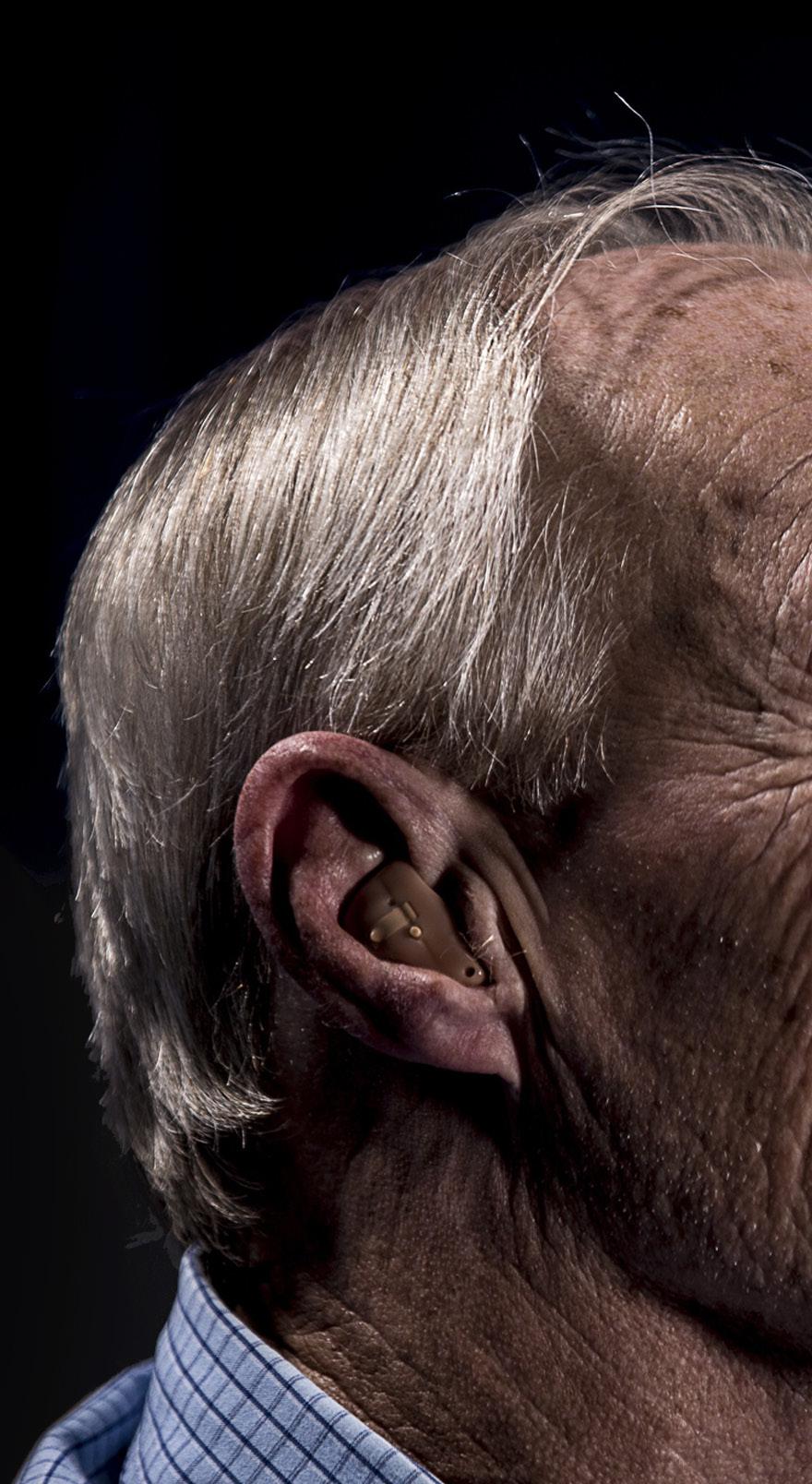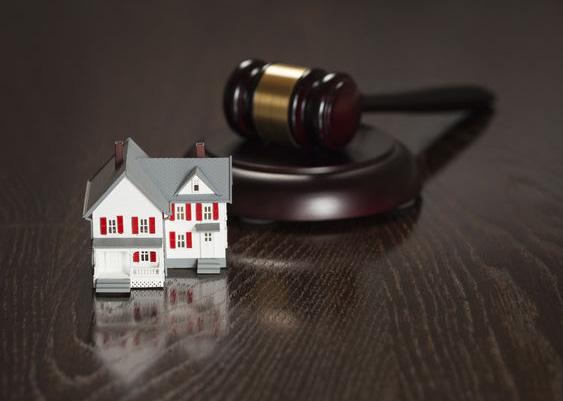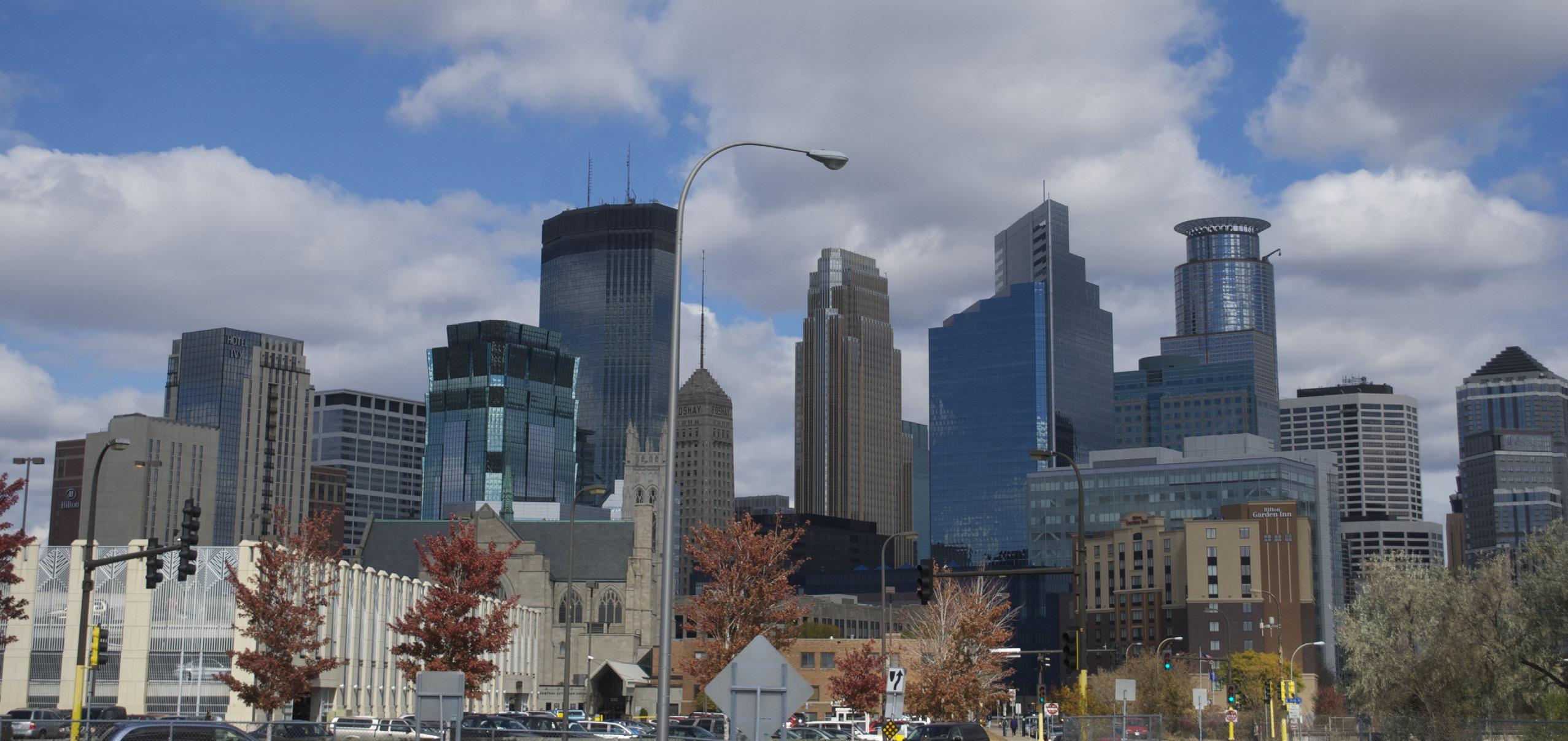
8 minute read
Understanding the LEED certified state buildings
The demand for buildings with better sustainability continues to grow across the U.S as time passes. Property managers are required to understand and take responsibility for the environmental performance of their facility. Most property managers are compelled to do this with the growing environmental legislation’s combined forces, and the shareholder and tenants demand a reduction in environmental impacts. And the best way to analyze and report your building’s sustainability performance is through the LEED certification.
LEED (Leadership in Energy and Environmental Design) certificate is an internationally recognized green building certification system. It verifies that a building or community was built using strategies targeting to improve performance across the crucial metrics such as energy-saving, water efficiency, reduced CO2 emissions, better quality indoor environment, stewardship of resources and sensitivity to their impacts.
The certification was developed by the U.S Green Building Council (USGBC) to set a benchmark for design, construction, maintenance, and operation of high-performance green buildings and residential places. According to USGBC, Green building is “the practice of designing, constructing and operating buildings to maximize occupant health and productivity, use fewer resources, reduce waste and negative environmental impacts, and decrease life cycle costs.”
LEED is flexible enough to suit all types of buildings, whether commercial or residential, throughout the building cycle, to design and construction, operations, maintenance, tenant fit-out, and significant retrofit. The certification process targets to reward sustainable and eco-friendly plans evident in your construction process. It attests to your customers and other stakeholders that you have achieved certain environmental goals in your design and construction process. A LEED-certified building project can qualify to get specific incentives from the state and local government and boost press interest in your project.
AVAILABLE LEED RATING SYSTEMS
The latest LEED rating system comprises of five distinct areas that address multiple projects. These areas are;
Building Design and Construction Interior Design and Construction Building Operations and Maintenance Neighborhood Development Homes
The five areas are further broken down to smaller units which are awarded points which are used to categorize them under the following categories;
40-49 points— Certified 50-59 points— Silver 60-79 points— Gold 80+ points— Platinum
Also, note that the rating system can be used in both new and existing buildings. Your project also must meet certain criteria and goals for it to earn the points stated above. The mandatory criteria and goals fall under the following categories;
a.
b.
c.
d.
e.
g. Location and transportation— consider the location of your project and how it will blend with the transportation means. Ensure there is a precise method in which users will get in and out of the facility. Materials and resources— using sustainable, eco-friendly materials in your project to reduce environmental impact and ensure indoor air quality is a sure way to earn you credits. Water efficiency— the structure must be designed in a way that reduces water usage through reusing to minimize the needs of water in the building. Energy and indoor atmosphere— the building must enhance energy performance while ensuring a quality indoor atmosphere. Sustainable sites— your project should have the most minimal impact on the surrounding ecosystems. Innovation— including ideas that are not covered by LEED’s main five areas is a plus for you. Regional priority credits— addressing any concerns based on the regional or geographical location will also earn you credit.
WHY CERTIFY WITH LEED
Achieving a LEED certification demonstrates environmentally responsible building practices. This largely promotes the image of both the contractor and the building owner, who choose to build a LEED-certified structure.
Besides the public relations, LEED certification also comes with incentives. USGBC states, “LEED buildings have faster lease-up rates and may qualify for a host of incentives like tax rebates and zoning allowances. Not to mention they retain higher property values attracting more commercial construction companies to the field.” For home building companies, having a LEED certification helps you sell faster and at a higher price.
Homebuilders who have constructed LEED-certified homes can also get tax credits. Also, there are reports that LEED can help a construction company remain productive and profitable in times of low demand. Eco Brooklyn INC states, “The growth of LEED-certified buildings also seems to be recession-proof. Despite a precipitous decline in new construction because of the bursting of the real-estate bubble, the total square footage of LEED-certified buildings grew by 14% in 2019.”
At this point, as a home builder, you know what to go for in your next project to keep up with the dynamic market forces and regulations. For home buyers, you should ask for a LEED certification from the home seller as it is proof of the quality of the home. In this way, we will have quality lives through sustainable homes, workplaces, and peaceful coexistence with our surroundings.


Works cited
https://www.ebpsupply.com/blog/what-is-leed-certification https://www.thebalancesmb.com/understanding-the-leedcertification-basics-844729
The impact of the novel coronavirus continues to persist, putting millions of jobs at risk of layoffs despite having led to the loss of millions of other jobs already. The figures are expected to continue growing as authorities continue to announce stricter public health measures. In March, Gray & Christmas, an outplacement firm Challenger, estimated that more than 9 million jobs from the leisure and hospitality industries alone were affected by restaurant and bar closures in the U.S.
Janet Yellen, former Federal Reserve Chair, told CNBC on April 6 that the economy is in the throes of an “absolutely shocking” downturn that is not reflected yet in the current data. She added that if it were, the unemployment rate probably would be as high as 13%, while the overall economic contraction would be about 30%. “If we had a timely unemployment statistic, the unemployment rate probably would be up to 12 or 13% at this point and moving higher,” Yellen stated in a CNBC “Squawk on the Street” interview. She added that gross domestic product is down “at least 30%, and I’ve seen far higher numbers.”
Records show that a total of 10 million people filed first-time unemployment claims during the last week of March and the first week of April. Nonfarm payrolls dropped by 701,000 in March according to the Labour Department report based on its reference period
IT IS POSSIBLE TO SEE A 30% INCREASE IN UNEMPLOYMENT RATES IN Q2, 2020

that ended on March 12. The unemployment rate, including workers outside the labor force and the underemployed, went up to 8.7% for the period, shooting up from 7% reported the previous month. “The more damage of that sort is done, the more likely we are to see a ‘U,’ and there are worse letters like ‘L,’ and I hope we don’t see something like that,” Yellen said while commenting on how the U.S would recover from the economic impacts of Covid-19.
James Bullard, the president of the Federal Reserve Bank of St, Louis predicted the U.S unemployment rate might hit 30% in the second quarter due to the shutdowns enacted to fight the spread of Covid-19, with an unprecedented 50% drop in GDP. Bullard called for a robust fiscal response to replace the $2.5 trillion in lost income in the second quarter to ensure a strong U.S recovery later, adding that the Fed would be ready to put more efforts to ensure markets operate through a highly volatile period. “Everything is on the table for the Fed as far as additional lending programs,” Bullard stated in a telephone interview on March 22. “There is more that we can do if necessary with existing emergency authority. There is probably much more in the months ahead, depending on where Congress wants to go.” Bullard’s assessment of the U.S economy stresses the need for Congress and the White House to agree on a massive aid program. In mid-March, the Fed restarted crisis-era programs to help the commercial paper and money markets after cutting interest rates to almost zero and pledging to boost its holdings of Treasuries by at least $500 billion and of mortgage securities by least $200 billion. “This is a planned, organized partial shutdown of the U.S. economy in the second quarter,” Bullard stated. “The overall goal is to keep everyone, households, and businesses, whole with government support. It is a huge shock, and we are trying to cope with it and keep it under control.” The U.S central bank recently bought $272 billion out of the more than $500 billion authorized of government debt in mid-March, which Bullard emphasized should not be viewed as a limit. “This is unlimited, and we can go much higher if necessary,” he said. “We are trying to provide as much support as we can to that market.” He added that commercial paper funding was meant to provide support for businesses trying to roll over short term debt, and the Fed could look at buying other corporate debt.
In another account, Bullard states, “It is totally stupid to lose a major industry because of a virus. Why would you want to do that?” he urged that unemployment insurance cover 100% of lost income for all workers and name it “pandemic insurance” since the loss of jobs was a result of stopping the spread of Covid-19.

Other players in the financial field also have their views on the virus-related shutdowns. JPMorgan Chase & Co. anticipates that GDP will drop at an annualized rate of 14% in the period between April and June while Bank of America Corp. and Oxford Economics project a 12% decline. Goldman Sachs Inc. expects a 24% decline also.
The Covid-19 situation is somewhat out of hand when it comes to the economic impact in the U.S. It would be wise to make informed decisions on the finances you have left as we await the reopening of the economy. Also, let us all ensure we observe the directives implemented to combat the spread of Covid-19.
Works cited
https://www.bloomberg.com/news/ articles/2020-03-22/fed-s-bullard-says-u-s-joblessrate-may-soar-to-30-in-2q. https://www.cnbc.com/2020/04/06/janet-yellensays-second-quarter-gdp-could-decline-by30percent-and-unemployment-is-already-at12percent-13percent.html.










